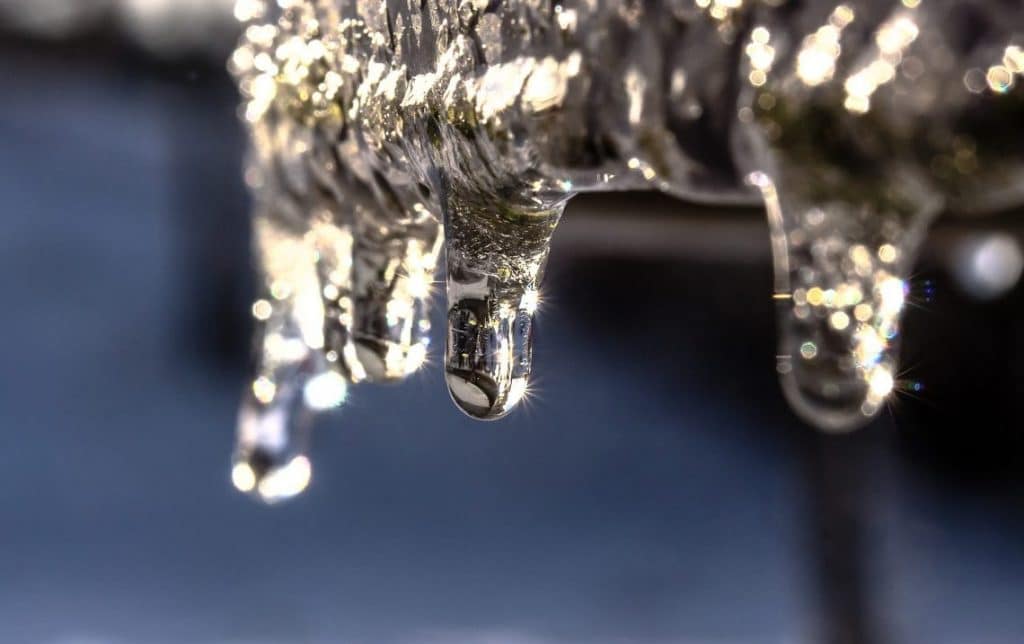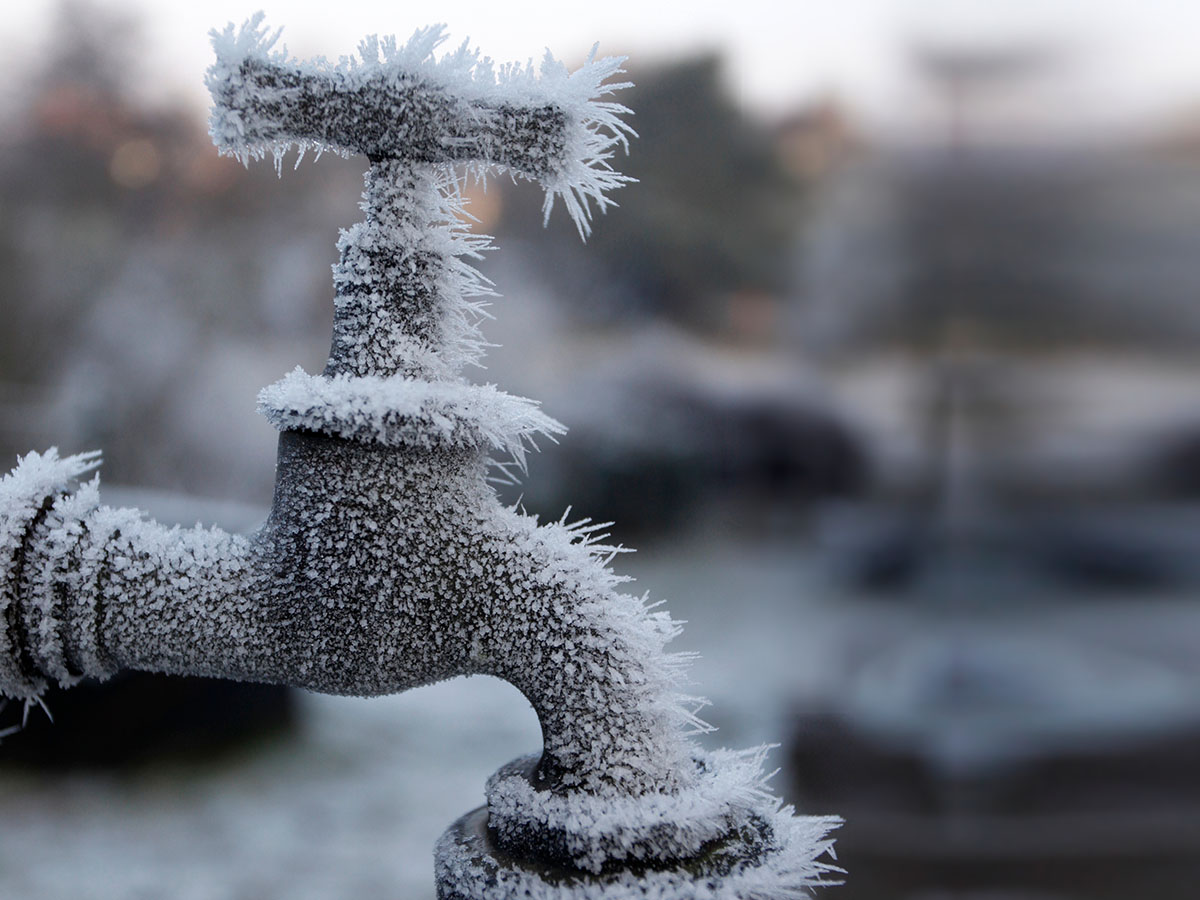Tips to Protect Your Plumbing from Freezing: Critical Tips
Tips to Protect Your Plumbing from Freezing: Critical Tips
Blog Article
Each person has got their own unique rationale with regards to 6 Ways to Prevent Frozen Pipes.

Winter can wreak havoc on your pipes, specifically by freezing pipes. Right here's just how to stop it from occurring and what to do if it does.
Intro
As temperatures decrease, the danger of icy pipelines rises, potentially leading to costly repair services and water damages. Understanding just how to stop frozen pipes is crucial for house owners in chilly climates.
Prevention Tips
Protecting susceptible pipes
Wrap pipelines in insulation sleeves or utilize warm tape to shield them from freezing temperatures. Focus on pipes in unheated or outside areas of the home.
Heating strategies
Keep interior rooms sufficiently heated, specifically areas with plumbing. Open closet doors to allow warm air to flow around pipes under sinks.
Just how to recognize icy pipes
Look for lowered water flow from taps, uncommon smells or sounds from pipelines, and visible frost on revealed pipelines.
Long-Term Solutions
Architectural changes
Take into consideration rerouting pipelines away from outside wall surfaces or unheated locations. Include additional insulation to attics, cellars, and crawl spaces.
Upgrading insulation
Buy high-grade insulation for pipes, attics, and wall surfaces. Correct insulation aids preserve constant temperature levels and minimizes the threat of frozen pipelines.
Shielding Exterior Plumbing
Garden hoses and exterior taps
Separate and drain garden hose pipes before winter months. Mount frost-proof spigots or cover outdoor faucets with insulated caps.
Recognizing Frozen Pipes
What creates pipes to freeze?
Pipelines freeze when exposed to temperatures below 32 ° F (0 ° C) for extended durations. As water inside the pipes ices up, it increases, taxing the pipe walls and potentially triggering them to rupture.
Dangers and problems
Icy pipelines can lead to water system disturbances, residential property damages, and pricey repairs. Ruptured pipelines can flood homes and cause substantial structural damage.
Indicators of Frozen Pipes
Identifying frozen pipes early can avoid them from bursting.
What to Do If Your Pipelines Freeze
Immediate actions to take
If you believe frozen pipes, keep taps available to relieve pressure as the ice thaws. Make use of a hairdryer or towels soaked in hot water to thaw pipes gradually.
Conclusion
Avoiding frozen pipelines calls for proactive steps and quick reactions. By comprehending the causes, indications, and preventive measures, homeowners can protect their pipes throughout cold weather.
5 Ways to Prevent Frozen Pipes
Drain Outdoor Faucets and Disconnect Hoses
First, close the shut-off valve that controls the flow of water in the pipe to your outdoor faucet. Then, head outside to disconnect and drain your hose and open the outdoor faucet to allow the water to completely drain out of the line. Turn off the faucet when done. Finally, head back to the shut-off valve and drain the remaining water inside the pipe into a bucket or container. Additionally, if you have a home irrigation system, you should consider hiring an expert to clear the system of water each year.
Insulate Pipes
One of the best and most cost-effective methods for preventing frozen water pipes is to wrap your pipes with insulation. This is especially important for areas in your home that aren’t exposed to heat, such as an attic. We suggest using foam sleeves, which can typically be found at your local hardware store.
Keep Heat Running at 65
Your pipes are located inside your walls, and the temperature there is much colder than the rest of the house. To prevent your pipes from freezing, The Insurance Information Institute suggests that you keep your home heated to at least 65 degrees, even when traveling. You may want to invest in smart devices that can keep an eye on the temperature in your home while you’re away.
Leave Water Dripping
Moving water — even a small trickle — can prevent ice from forming inside your pipes. When freezing temps are imminent, start a drip of water from all faucets that serve exposed pipes. Leaving a few faucets running will also help relieve pressure inside the pipes and help prevent a rupture if the water inside freezes.
Open Cupboard Doors
Warm your kitchen and bathroom pipes by opening cupboards and vanities. You should also leave your interior doors ajar to help warm air circulate evenly throughout your home.

Hopefully you liked our section about How to prepare your home plumbing for winter weather. Thanks for taking the time to read through our article. Sharing is good. Helping others is fun. We thank you for your readership.
Call Today Report this page